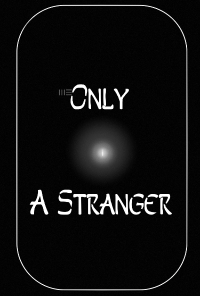Déjá π
To understand Déjà π,
you must first know Déjà vu:
Imagine,
you’re walking across a room
two doors, up ahead, flank you
and you must choose-
and in the moment of realizing this,
you also remember already doing it,
this-
the walking across the room
seeing the two doors
realizing you must choose,
AS it’s happening to you.
It’s different than your memory
when you did this same thing yesterday,
it’s the here and now in echo
the false memory of Déjà vu.
Now imagine,
same walk, same room,
but this time
you remember remembering Déjà vu;
it’s the feeling of remembering what you’re doing
as your doing it,
but also remembering you already remembered it
in a kind of double Déjà vu.
This sensation can get exponential,
so, where is the divide between multi- Déjà vu
and the infinitely more complex Déjà π?
The individual’s mind.
What if, when experiencing Déjà vu,
in any form between singular and multitude,
you could focus your thoughts through,
to see with the eyes of the other you?
This is the divide between Déjà π and Déjà vu…
A moment of consciousness split in between
the you that you are, and the you’s you could be
in infinitely expanded realities,
in a moment synchronized in the doing of a deed,
you have a chance to see as yourself, but also as they see…
Nine out of Ten choose the door on the right,
and still you see a hundred minds take the left,
and suddenly the sameness is like noise that’s white,
and the stains that show through are the difference-
a push door instead of a handle,
the right turn instead of a left turn of the knob,
the light that comes from a candle,
the silence instead of a soft distant sob-
follow it long enough,
and be conscious,
you can have a legitimate conversation
with any version of yourself like this,
see any reality you are a part of
all because
this flicker
of Déjà vu
opening a door
in the mind of the observer
who takes it to infinity
with experience
of multiple possibilities
simultaneously-
I don’t ask why,
I just called it Déjà π.
-M.E.
201601081042

